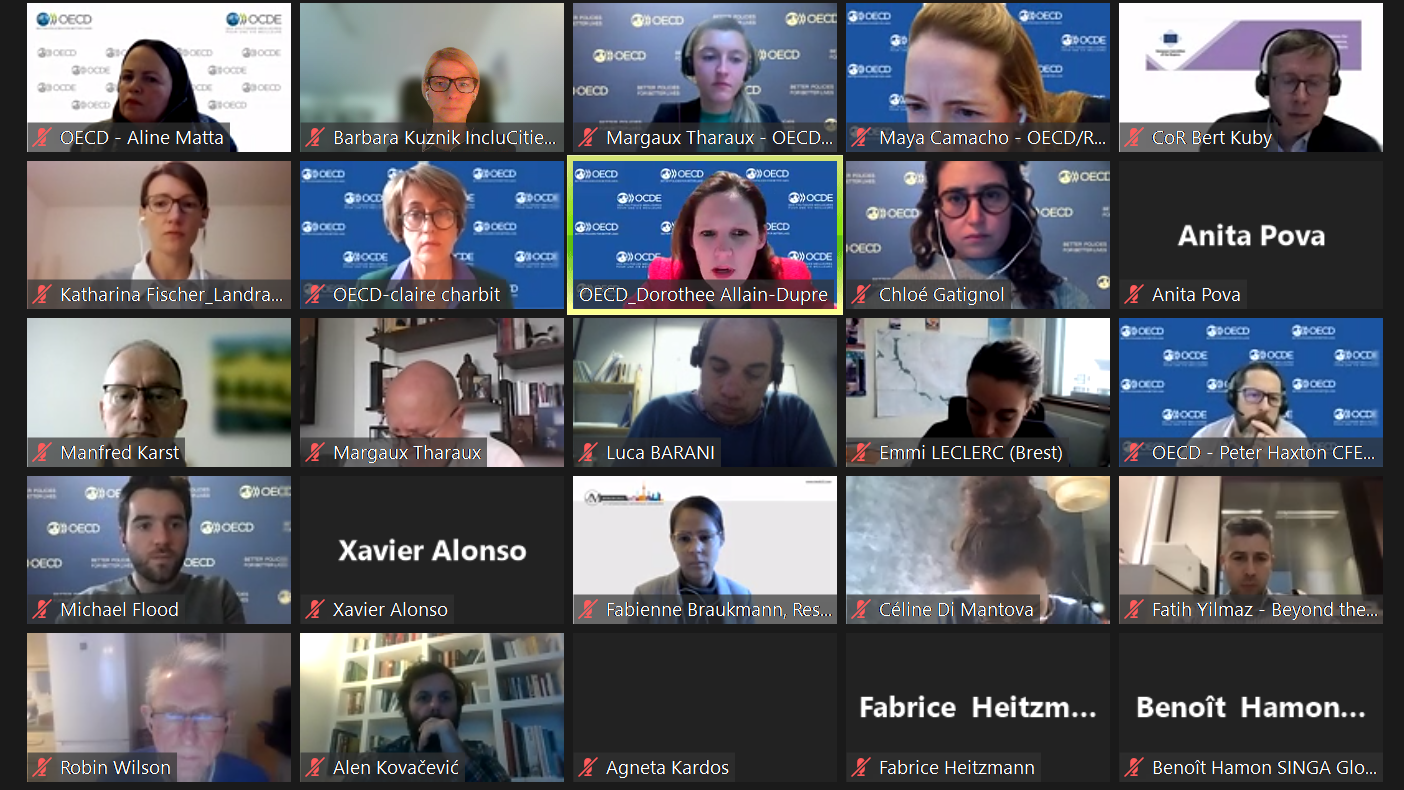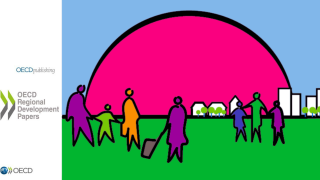News from the CoR 'Integration initiative'
Launch Event of OECD Reports on Multi-level governance for migrant integration last week brought together over 130 participants exchanging with policymakers from Canada, France and Germany, as well as with representatives of sub-national governments and NGOs, and discussed good practices to bridge multi-level coordination gaps in the integration of migrants.
In case you missed the launch, check the CoR website: Multi-level governance for migrant integration - Launch Event of OECD Reports (europa.eu).


Multilevel governance for migrant integration (pdf)
Comprehensive and coordinated action across levels of government responsible for different policy domains (labour, education, housing and welfare/health) as well as across local actors is crucial to migrant integration. To respond to this need for coordination, different policy instruments are mobilised by countries. This paper presents six of them, to illustrate three categories of practices supporting migrant integration through better multi-level co-ordination: Reinforcing co-ordination (financial, human, technical) between levels of governments and private actors such as businesses or nongovernmental organisations to foster migrant integration and retention: The Canadian Atlantic Immigration Pilot (AIP) and the French Territorial Contracts for the Reception and Integration of Refugees (CTAIR); Resolving information and evaluation asymmetries: Vienna (Austria) Integration and Diversity Monitor and the German Network IQ; Illustrating the positive externalities of territorial development and investment programmes on migrant integration and social cohesion: The Italian Inner Areas Strategy and the French Urban Policy.
Allocation of competencies in policy sectors key to migrant integration (pdf)
A first step to implement effective migrant integration policies is to know who does what in policy sectors key to integration. Responding to this need, this paper offers policymakers a tool to understand the organisation of public action in key sectors for integration - Employment, Education, Housing, and Health/Welfare – in a sample of 10 OECD countries: Austria, Canada, France, Germany, Ireland, Italy, New Zealand, Spain, Sweden and the Netherlands. The complexity of the division of powers among levels of government calls for coordination mechanisms between actors, whatever the level of decentralisation. Besides, it throws light on subnational governments’ role in integrating migrants and enabling them to participate to local development for the benefit of all. The geographic differences that exist in the migrant presence and outcomes mean countries should build on local authorities' knowledge of local realities, aptitudes to coordinate different policy fields at the relevant scale and cooperate with nongovernmental organisations.